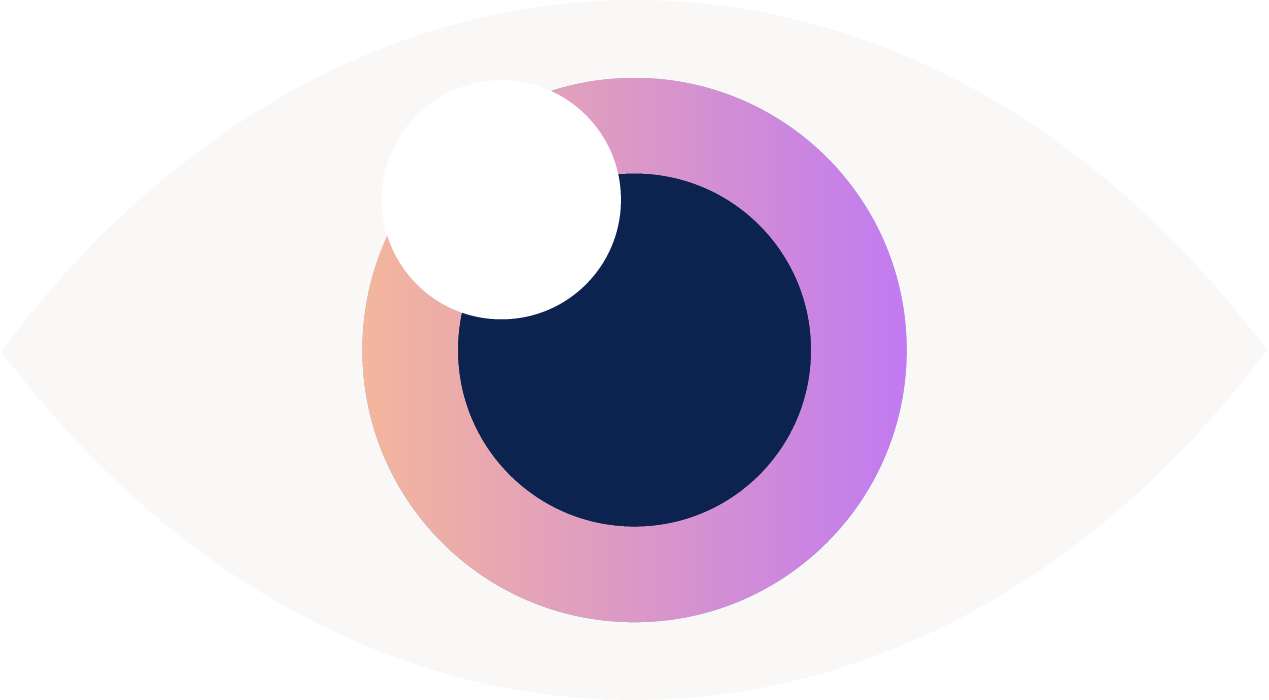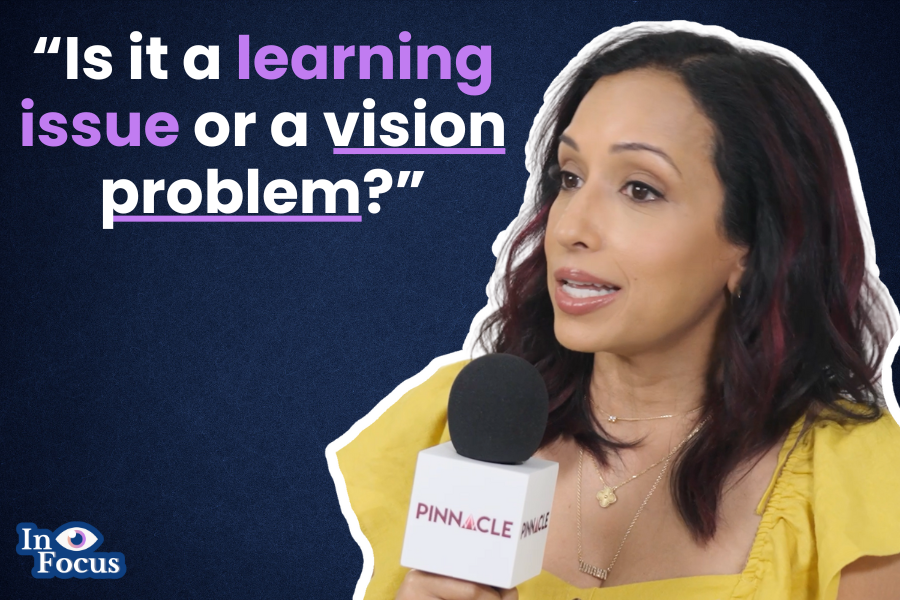Why Eye Exams Should Be Step One for Kids With Learning Differences
Listen On
You’d be surprised how many kids don’t even realize they’re having trouble seeing. And honestly, that makes sense. If you've only ever looked at the world one way, how are you supposed to know it’s not supposed to be blurry?
As a pediatric ophthalmologist (and mom of three), I get asked this question a lot:
“How do I know if my child needs glasses?”
And often, it’s followed by:
“But they haven’t said anything.”
Here’s the thing—not all kids will tell you. In fact, most won’t. So I want to walk you through the subtle signs I look for as a physician and a parent.
1. They’re squinting—especially when watching TV or looking far away.
This one’s classic. If you notice your child narrowing their eyes when reading signs or watching a show from across the room, that’s often a sign of nearsightedness (myopia). Squinting can temporarily improve focus, so kids tend to do it without even thinking.
2. They’re holding things too close—or too far.
We sometimes think of this as a “bad habit,” but it can be a visual clue. A child who’s constantly burying their face in a book or holding a tablet inches from their nose might be struggling to see clearly. And yes, it can go the other way too—pushing objects away if they’re farsighted.
3. They’re avoiding reading—or schoolwork in general.
This is where it gets tricky. Not all reading avoidance is about vision—but if your child used to love books and now resists them, it’s worth asking why. Eye strain, blurry text, or headaches can all make reading frustrating without your child realizing it’s related to their sight.
4. They’re blinking or rubbing their eyes a lot.
This might look like tiredness or even a tic—but frequent eye rubbing or blinking could be a sign of uncorrected vision, eye fatigue, or even dry eyes. It’s one of those things that’s easy to miss unless you’re watching for it.
5. Their performance or behavior at school is shifting.
This is one I’ve seen many times in clinic. A drop in grades, trouble focusing, or even increased frustration during homework can sometimes be traced back to vision—not always, but it’s an easy thing to check. And frankly, a necessary one.
When in doubt: schedule an exam.
Even if your child passed a school vision screening, that’s not the full picture. Those screenings typically check distance vision only—they don’t catch issues with eye teaming, focusing, or peripheral vision. A comprehensive eye exam by an eye doctor can reveal much more, including whether glasses could help.
As a mom, I know how busy life gets. But as an ophthalmologist, I also know how much easier things become—for you and your child—once vision issues are addressed.
You don’t have to wait for a complaint to advocate for their vision.
Sometimes the biggest clues are the quietest ones.
Want to Learn More?
This is just the beginning. In upcoming episodes, we’ll explore:
-How screen time and digital habits are shaping our kids’ development
–The connection between vision and overall health
–What you need to know about common eye procedures like LASIK and cataract surgery
–Practical ways to advocate for your child’s visual needs
You can subscribe to my podcast, In Focus, anywhere you listen—or follow along on Instagram for updates and tips.
Watch this episode on Youtube right now!
Thanks for reading—and for doing what you can to protect your child’s vision, one step at a time.
– Dr. Rupa Wong
Pediatric Ophthalmologist | Surgeon | Mom of 3
This episode is brought to you by The Pinnacle Podcast Network! Learn more about Pinnacle at learnatpinnacle.com



